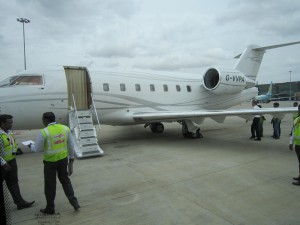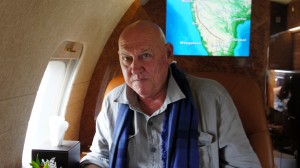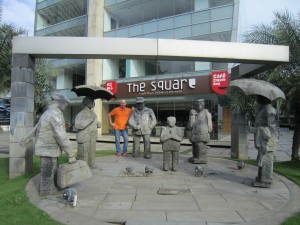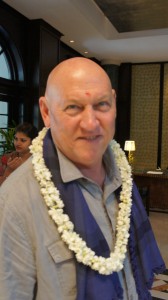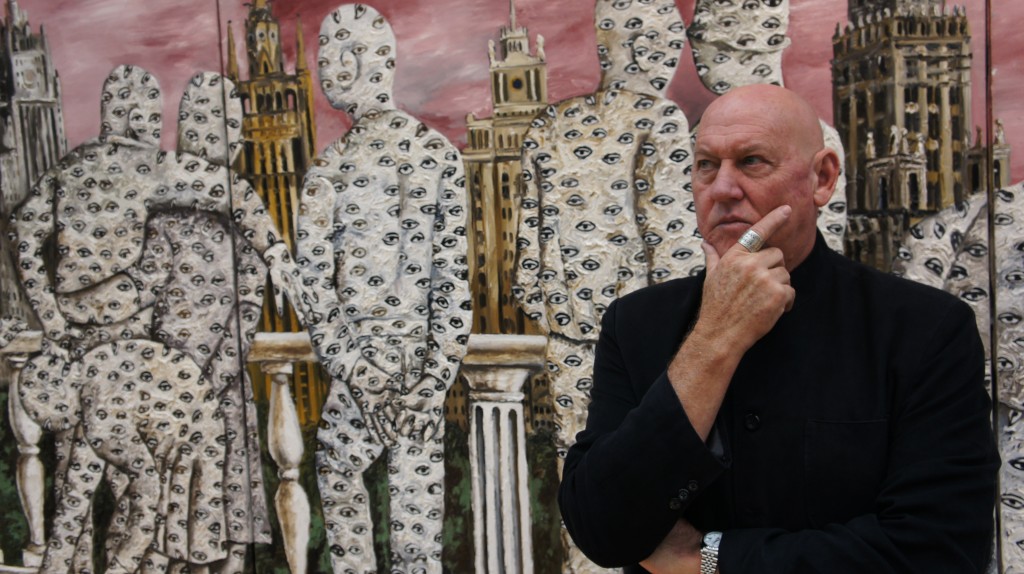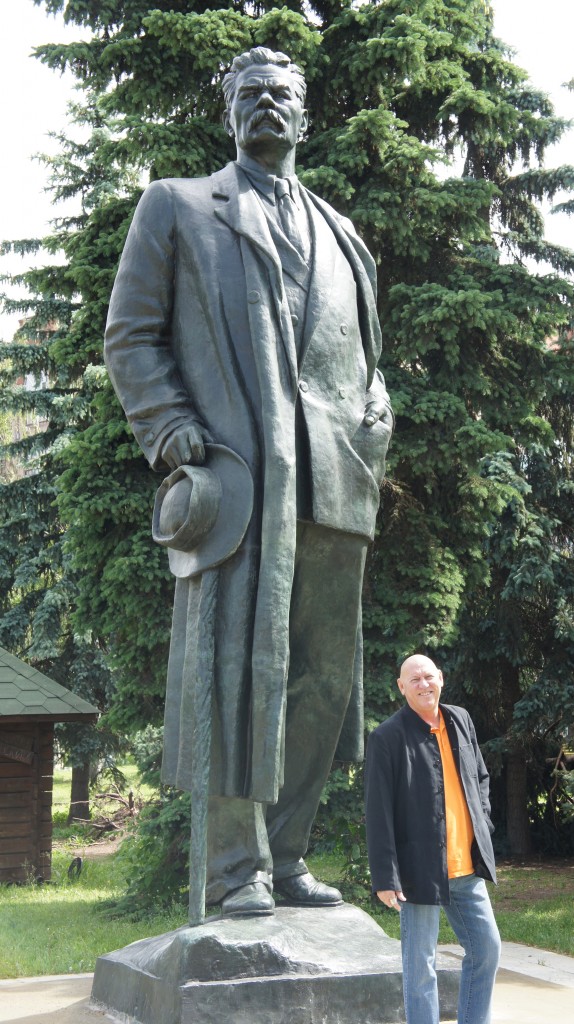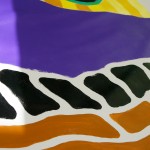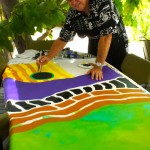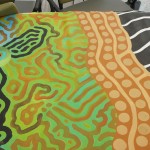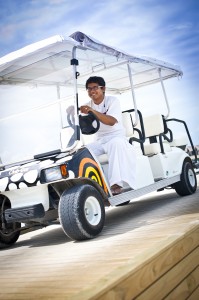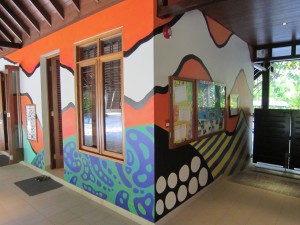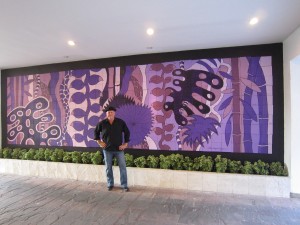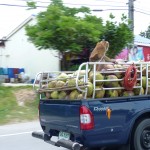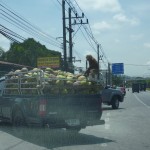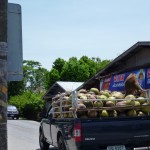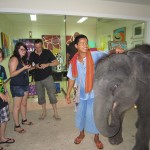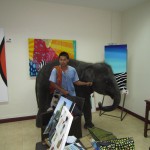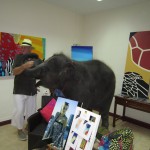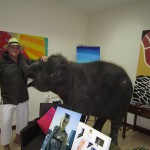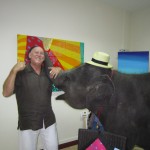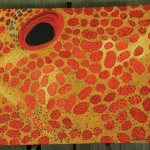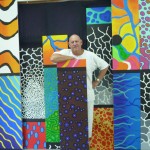Adventure
This is the post about the new adventure’s in my life.
My travels to Moscow
Last week I had the pleasure of travelling to Moscow for the first time at the invitation of a good friend and patron.
I expressed interest in Russian Contemporary painters and to my delight and surprise a visit to The State Tretyakov Gallery which possesses a unique collection of Russian art which includes masterpieces created for more than a thousand years was organised for me.
The Gallery was founded by a Russian merchant and maecenas Pavel Tretyakov. He donated his collection to the city of Moscow in 1892. The State Tretyakov gallery has since become a world-famous museum. Nowadays it contains more than 160 000 works by Russian artists from the early religious paintings to the modern art objects. This gallery and the adjacent sculpture park had a profound affect on me and I have come away inspired and a little humble having seen such great works collected over a lifetime and now available for public viewing. I will definitely travel to Russia again as there is so much that I would like to see and so much more I would like to learn.
“Not often these busy days do I get the chance to get into a studio to create
My studio has a canvas shade under the coconut palms the PERFECT STUDIO for me!
Progress of my newest edition to Christopher Hogan’s Reef Series of paintings”
Diving out of Kihavah Huravalhi Island, Baa Atoll in the Maldives is a great inspiration my new work, having said that, just walking on the island’s beach and finding a magnificently textured and vibrate coloured Crown Jellyfish a few days ago, also helped me create this paintings.
Bold combinations of the unique features of Maori Wrasse or Napoleon Fish, as they are know here in the Maldives and the bumpy textures and brilliant purples of the Crown Jellyfish have come alive for me in this painting.
- Crown Jellyfish section coming along
- My Studio under Canvas
- Textures and patterns of the Wrasse emerging
‘Art has become a fundamental, rather than ornamental, element of hotel design.’
Christopher Hogan has painted large scale murals in several 5* resorts around the world including One & Only Reethi Rah Maldives, Anantara Kihavah Villas Maldives, Angsana Velavaru Maldives, Anantara Hua Hin,Thailand and Angsana Laguna Phuket, Thailand.
As we all know, Art works have been hung in hotels for decades.
I have read the tales of down-on-their-luck residents at the Chelsea Hotel in New York offering up their work in exchange for rent.
In this century there is a growing number of ‘ArtHotels’ being built around the world, where not only public spaces but rooms and gardens are themed, painted or designed by artists, or that contain unique collections of not only paintings but sculpture and designer carpets and wall hangings.
Art can add a much-needed Organic Element to a resort or hotel.
Today, hoteliers are thinking even farther outside the square by installing art in the most unexpected of ways and challenging guests to think more deeply about their experience. At Anantara Kihavah Villas in the Maldives, my concept of designing artwork on buggies has come to fruition, but my Christopher Hogan’s ‘Kihavah Fleet of Fishes’ Collection, with designs exclusive to the resort. Every buggy is an original Christopher Hogan from my Reef Series of paintings which depict the reefs and it’s fishes.
‘Christopher Hogan has affectionately known as the man who paints fish skins’
In recent years, hotels like the Wynn Las Vegas, the Grand Bohemian Hotel in Orlando and the Sagamore in Miami Beach have all displayed extensive collections of art. And the Gramercy Park Hotel, whose total refurbishing by Mr. Schrager debuted in 2006, has so much high-caliber artwork that the Museum of Modern Art once took a tour group there.
“The art is a part of the identity of the hotel,” said Jason Pomeranc, a co-owner of the Thompson LES, “and it integrates into the architecture, design, concept and what we ethereally call the vibe, the intellectual soul of the hotel.”
“If you think about Minimalism and Conceptualism, those artists have been trying to get off the wall for 50 years,” said Glenn Schaeffer, the co-founder, president and chief executive of Fontainebleau Resorts, “and now we’ve got a space for them.”
The Pod Hotel in New York also features frameless art. J. M. Rizzi painted city scenes and abstract shapes directly on the walls of the lobby, corridors and some rooms. I have been doing this at resorts in Thailand and the Maldives over the past year, here are a few examples of Christopher Hogan’s original wall murals.
The Henry Jones Art Hotel in Tasmania in my native country, Australia is an excellent example. From the hotel’s website, GM he said “we are truly privileged to be involved with the breathtaking transformation of a historically-sensitive site, such as this. In doing so we have created a luxurious and innovative way to engage with not only our cultural heritage but also connect with contemporary culture through modern Tasmanian works of art.
Driving back from Phuket Town we came up to a ute loaded with coconuts and on the back I thought I saw a monkey. Hope you like my pics and I have attached a press articles which highlight the work that these animals do in Thailand – interesting, now I know.
Official monkey business: picking 300 coconuts a day, all for a couple of bananas
Read more: http://www.dailymail.co.uk/news/article-414837/Official-monkey-business-picking-300-coconuts-day-couple-bananas.html#ixzz1VLXGHtAR
Thailand’s coconut-picking monkeys enjoy job security despite economy
By Richard S. Ehrlich
THE WASHINGTON TIMES
BANGKOK, Thailand
In the heart of Asia’s financial meltdown, a lot of monkey business is earning steady profits for hundreds of hairy primates, delighted owners, no-nonsense trainers and the nation’s coconut industry.
Despite collapsing currencies and mass unemployment in Thailand and elsewhere, the beasts still have jobs on sprawling plantations as one of the world’s most unusual farm workers.
Thais have taught pigtailed macaque monkeys to climb tall coconut trees and pick only the ripest of coconuts.
The monkeys work for lower wages, and pluck more coconuts, than any human.
“Several hundred monkeys are working, picking coconuts,” said Wildlife Fund of Thailand (WFT) Secretary-General Pisit Na Pattalung.
“They are trained. There are schools for monkeys where they are sent for three to six months,” Mr. Pisit said in an interview.
“I am for it. The monkey is not suffering. The mother is trapped and the baby monkey is taken away, but the mothers mate again. It doesn’t kill the species, so it is OK.”
A monkey’s owner earns the equivalent of two cents for every coconut that the animal twists off the top branches of a tall palm tree and tosses to the ground.
“A monkey can pick 800 to 1,000 coconuts in a day, depending on its skill,” said Mr. Pisit’s WFT assistant, Honorong Yavalut. “The cost of maintaining a monkey is only about [60 cents] a day,” which the owner pays to feed and cage the animal.
He said the monkeys can be worth 200 dollars to 600 dollars after training. “They are used throughout Thailand, but mostly in the south, and just to pick coconuts, no other food.”
Asked whether the animals are ever abused by brutal trainers or owners, Mr. Pisit said a trainer “will never, ever, lay hands on his monkeys.”
A traumatized beast will not perform, he said, adding that angry monkeys are quick to bite.
Mr. Pisit insisted that a kindly approach to teaching and caring for the creatures was the key to success.
Monkey schools, which charge about 100 dollars, teach the animals to choose only fully ripe coconuts, and shun unripe green ones. Usually, they are at least two years old when training begins and males are favored because they are more obedient.
A monkey can live 20 to 25 years and work half its lifetime.
During the past few decades, loggers have harvested much of Thailand’s forests, reducing the monkey’s natural habitat. Ironically, the pigtailed monkeys might have become endangered if they were not prized for picking coconuts.
Early last week a baby elephant wondered into my gallery at Laguna Phuket – Canal Village. I do not think that there is anywhere else in the world where something like this would happen. Just a wonderful experience that I wanted to share with you all.
I now keep a supply of ripe bananas for the daily afternoon visits from the baby elephants here, yes there are more that one, in fact I have counted three so far.

